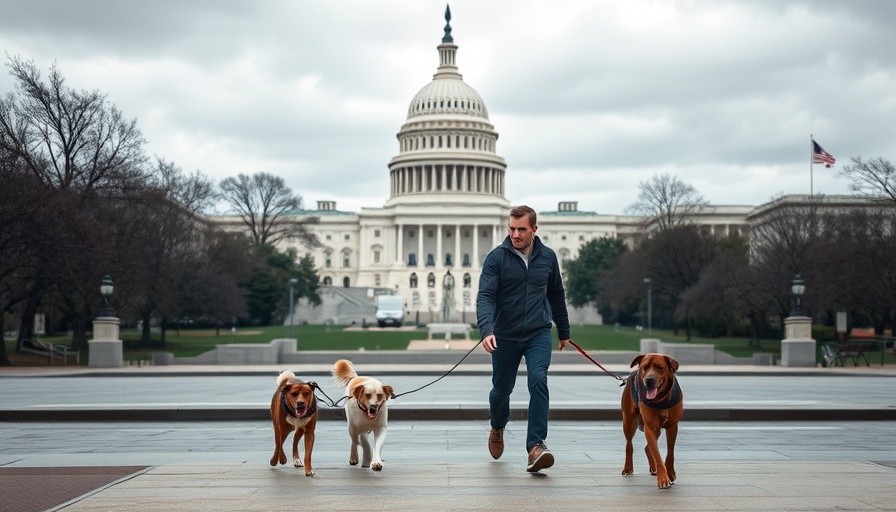
Understanding the Stakes: Government Shutdown Hits Day 15
As the government shutdown drags on to its 15th day, tensions in the Senate escalate over the repeated failure to advance a Republican funding bill designed to end the impasse. On October 14, the Senate witnessed yet another denial of the GOP-sponsored proposal, marking the eighth time the measure has been rejected. With the failed vote tally resting at 49-45, the essential 60 votes needed to overcome procedural obstacles were simply out of reach.
The deadlock stems from a deep division between the two parties, rooted primarily in the Republicans' refusal to budge on their demand for certain health care tax credits' extensions, a point that has left negotiations at a standstill. As the Senate continues to grapple with the standoff, House Democrats returned to Washington with an urgency to leverage support for a resolution that compels the GOP leadership to reassemble.
A Breakdown of Recent Developments in the Shutdown Saga
A prominent voice amidst this chaos, Republican Senator Lisa Murkowski from Alaska, expressed concern over the growing mistrust between the parties. "There’s a lack of trust,' she lamented, highlighting the increased difficulty in reaching any bipartisan agreements when both sides harbor suspicion of each other’s intentions.
This atmosphere of doubt isn’t unwarranted. For weeks, the GOP has employed a controversial tactic of rescinding previously allocated funds using so-called 'pocket rescissions,' a maneuvre that Democrats argue undermines the legislative process. Furthermore, according to various internal CDC sources, around 600 employees face layoffs amid the continuing lapse in government appropriations, diminishing critical operational capacities at the agency.
Consequences for Federal Workers and Public Services
The ramifications of this shutdown extend beyond political banter, directly impacting individuals and services vital to American citizens. The latest reports indicate that approximately 4,200 federal workers received layoff notices, prompting fears of long-term job losses and service disruptions. Health and Human Services employees are among the hardest hit, with widespread concerns regarding public safety, particularly amid a rising public health crisis.
At the heart of the shutdown is a looming fear — the potential for further significant federal job losses, which, according to the Congressional Budget Office, could affect an estimated 750,000 workers daily. The long-term implications measure up not only in terms of lost wages but also in deteriorating public trust in government functionality.
Political Implications: A Turbulent Path Ahead
As the political tug of war continues, the pressing question remains: what could be the long-term ramifications of this reckless tussle? The White House has summoned Democrats to reconsider past voting patterns, as it appears that hurting citizens will primarily affect politically vulnerable individuals while simultaneously adding pressure on legislative negotiations.
Polling data indicates that the tides of blame are shifting, with more citizens attributing the blame for the shutdown to the Democratic side, exacerbating the political posture for the upcoming elections. This scenario raises serious discussions on strategy and consequence as both parties navigate a deliberate path fraught with uncertainty.
A Glimpse Into the Future: Will Compromise Be Found?
The implications of this shutdown are vast, affecting not only current government operations but also setting a precedent for future interactions between the two parties. The question now is whether this deadlock will compel both sides to negotiate meaningfully or if gridlock will become the new normal in American governance.
Furthermore, experts theorize that, similar to past shutdowns, pressures could lead to a resolution as both populations and lawmakers grow weary of continued service disruptions. How both parties approach this could reshape public perception and influence future policy directions.
The hope remains that amidst the political antics and power plays, common ground can be found to serve the interests of the American populace and restore faith in the functions of government.
It is essential for citizens to stay informed on these developments as they unfold, signaling a crucial time in U.S. political history. With heightened awareness, the public can voice their concerns and expectations to their local representatives, urging them to prioritize governance over partisan squabbling.
 Add Element
Add Element  Add Row
Add Row 



Write A Comment